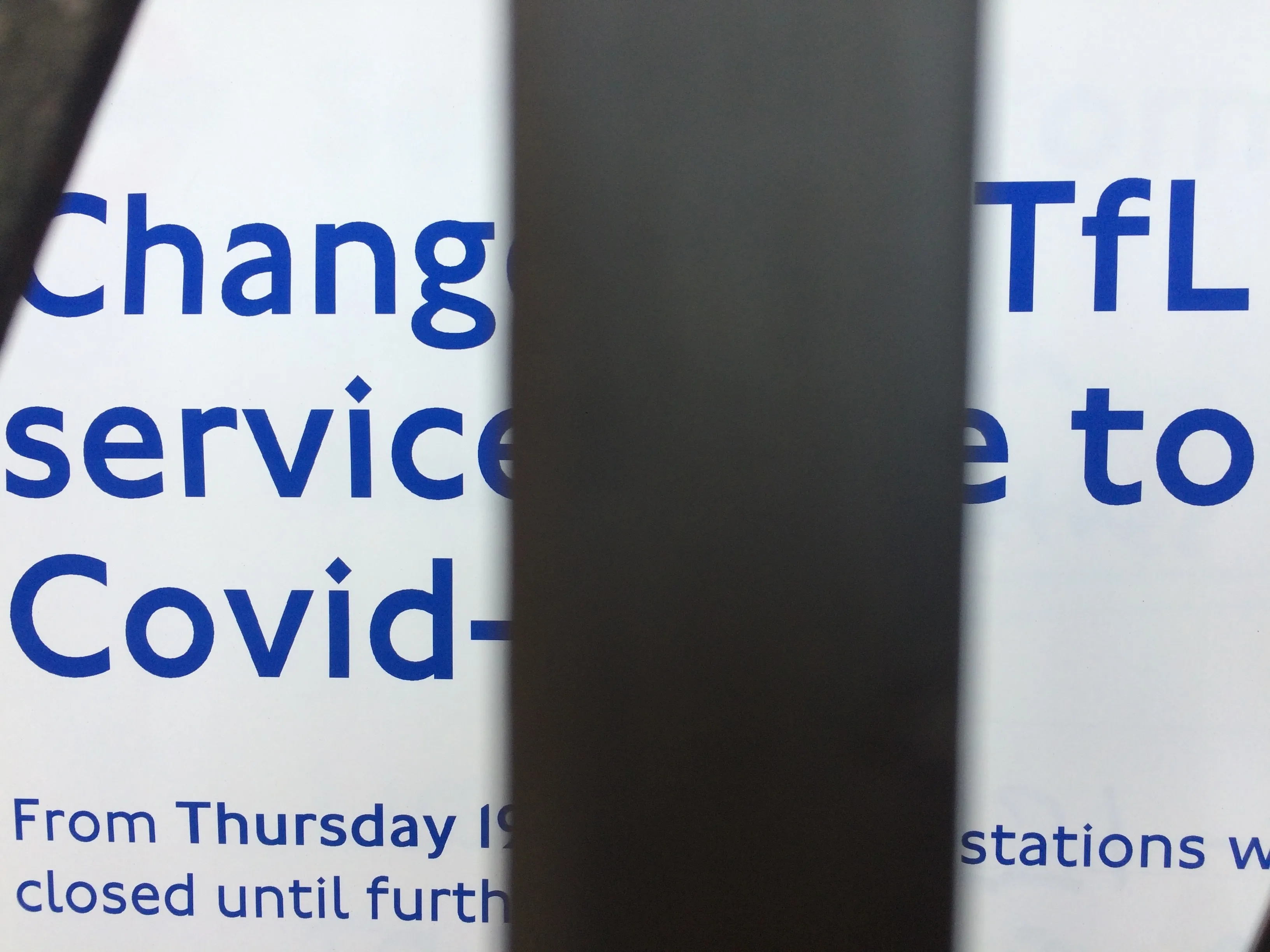Improving the capital’s infrastructure, through Crossrail 2, a new runway at Heathrow and East London river crossings, is key to the city’s future success and ability to compete, according to the latest CBI/CBRE London Business Survey.
More than eight in ten of London’s companies see Crossrail 2 as being central to the capital’s successful expansion. Meanwhile, a similar number of firms think sticking to the Government’s current timetables for building Heathrow’s third runway is vital to London’s attractiveness as a place to invest.
As the city continues to expand eastwards, businesses recognise the importance of developing the right infrastructure to support growth in the area, especially in the Docklands. Four fifths of firms think that river crossings in East London are essential for boosting the city’s growth.
Despite the significant political uncertainty seen in 2016, London firms’ optimism has rebounded since the last London Business Survey, conducted just after the EU Referendum. A fifth of companies (19 per cent) feel more positive about the economy over the next six months, compared to four per cent in the last Survey.
Firms are also more optimistic about their own businesses over the next half year, with over a quarter feeling positive, compared to eight per cent in the last Survey.
Regardless of concerns about the effect of Brexit, London’s businesses have remained resilient, with more than half maintaining their current investment plans and over a quarter actually planning to boost them, while nearly three in five believe Brexit has not impacted their ability to hire.
London ‘needs next generation of infrastructure to compete’
Improving the capital’s infrastructure, through Crossrail 2, a new runway at Heathrow and East London river crossings, is key to the city’s future success and ability to compete, according to the latest CBI/CBRE London Business Survey. More than eight in ten of London’s companies see Crossrail 2 as being central to the capital’s successful expansion. Meanwhile, a similar number of firms think sticking to the Government’s current timetables for building Heathrow’s third runway is vital to London’s attractive
February 28, 2017
Read time: 2 mins
Related Content










